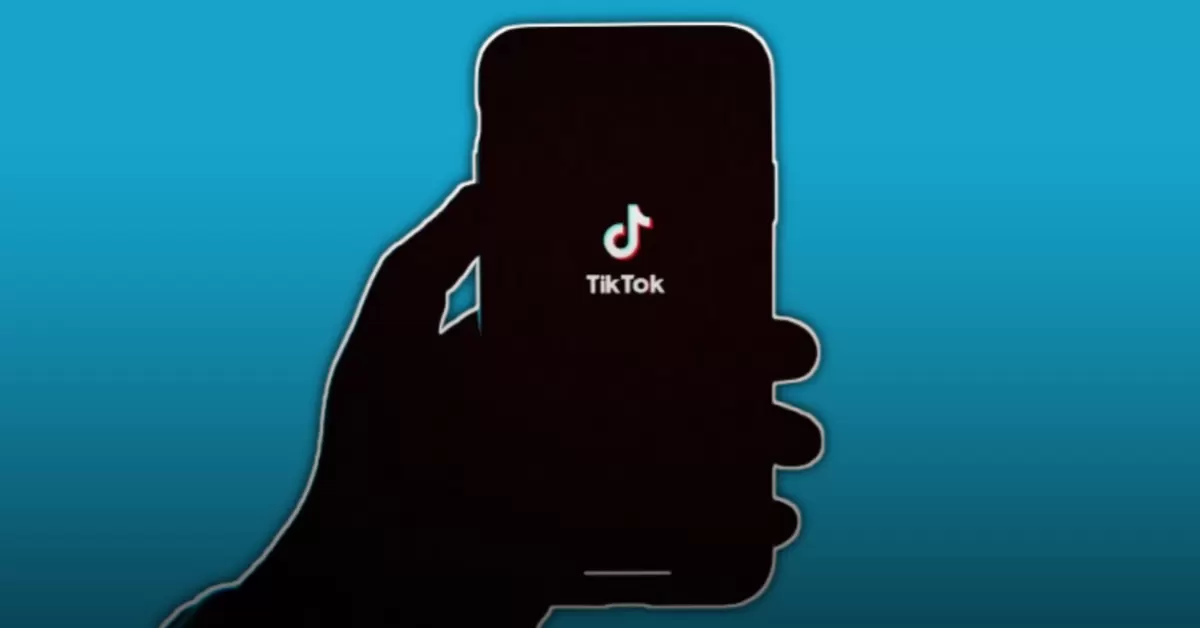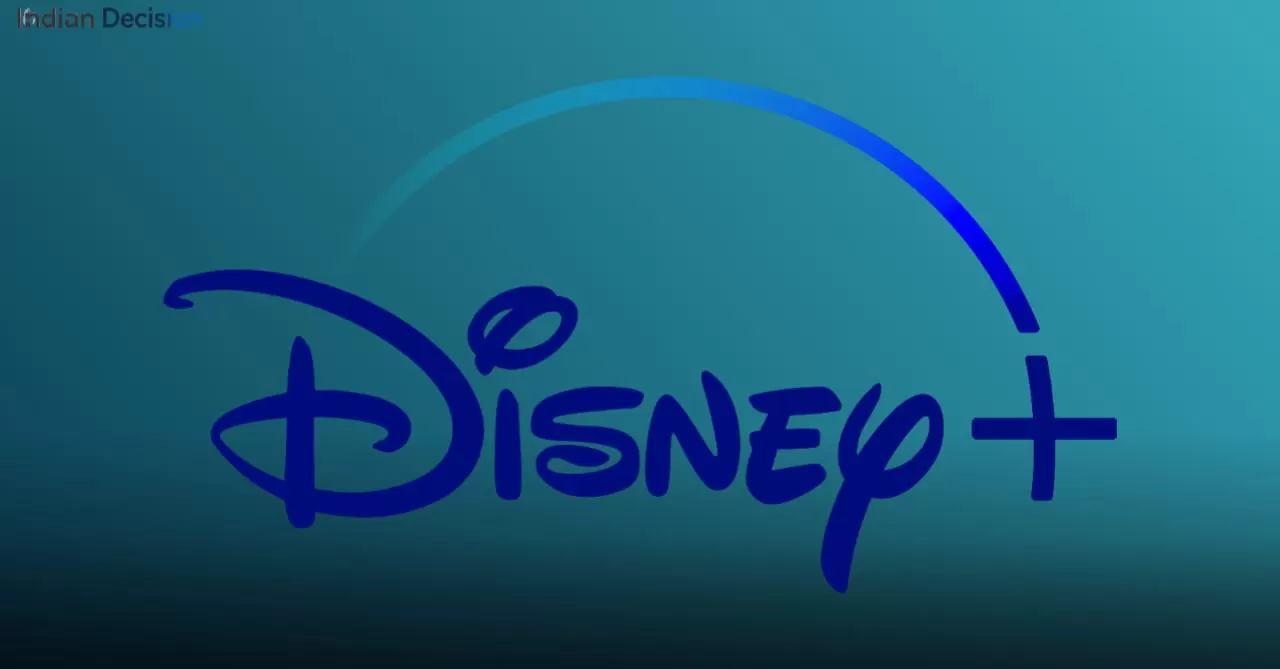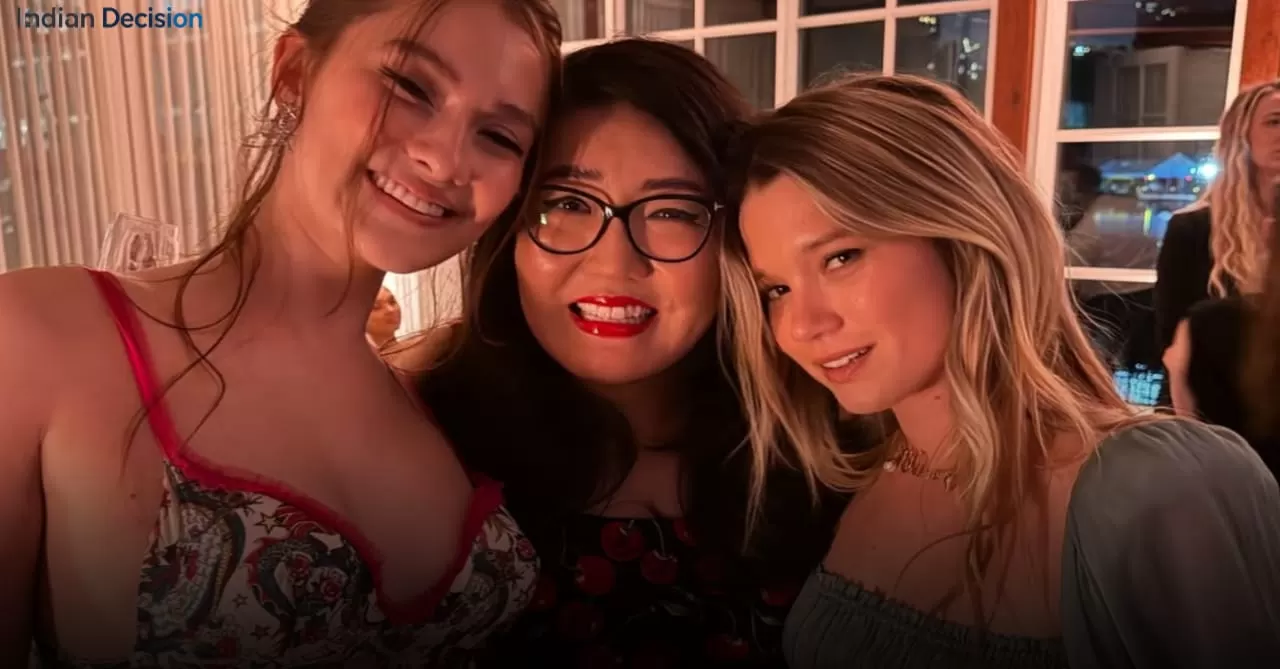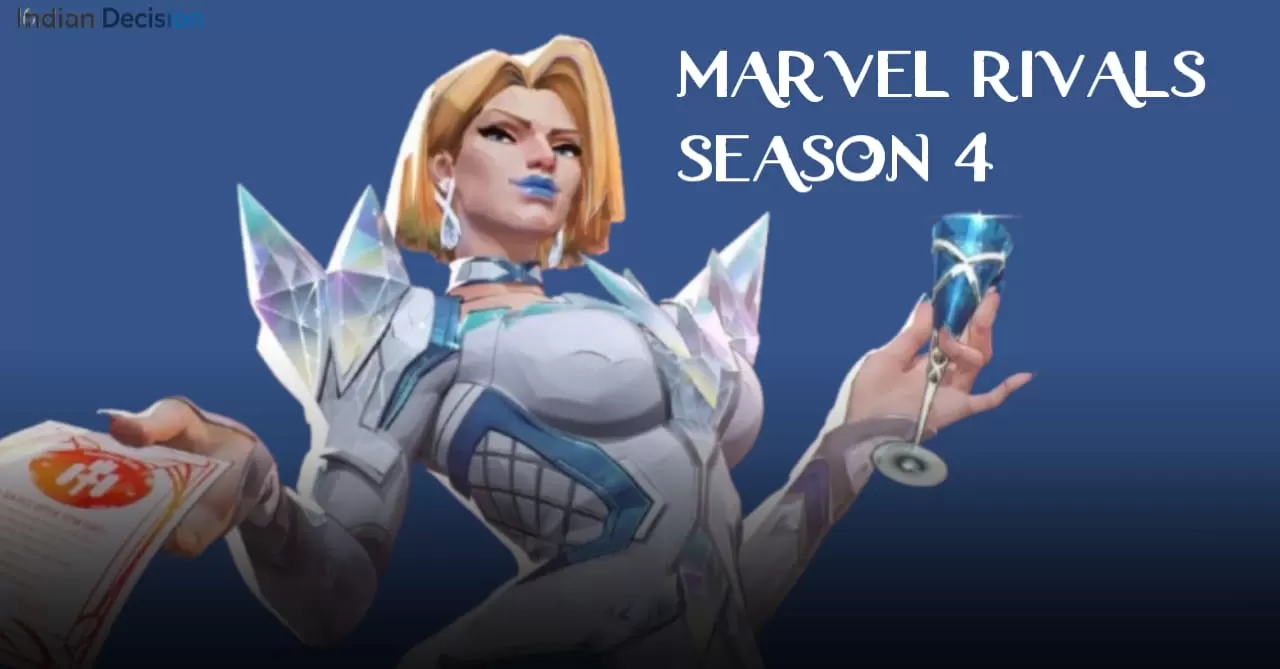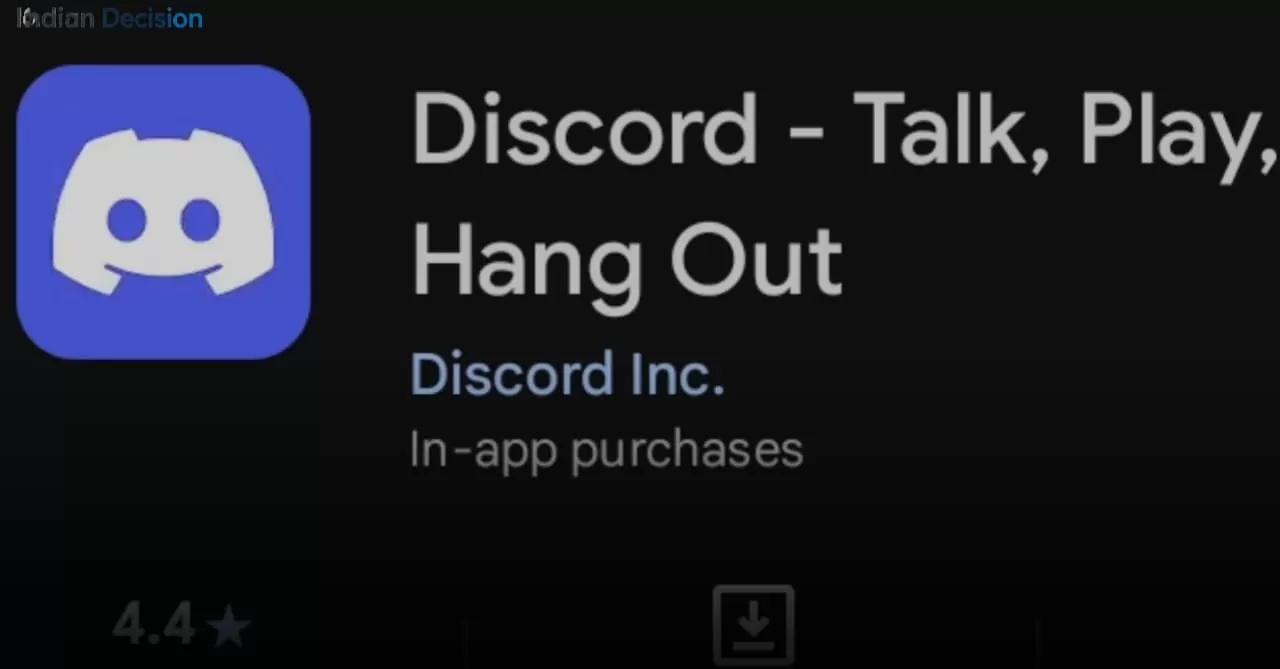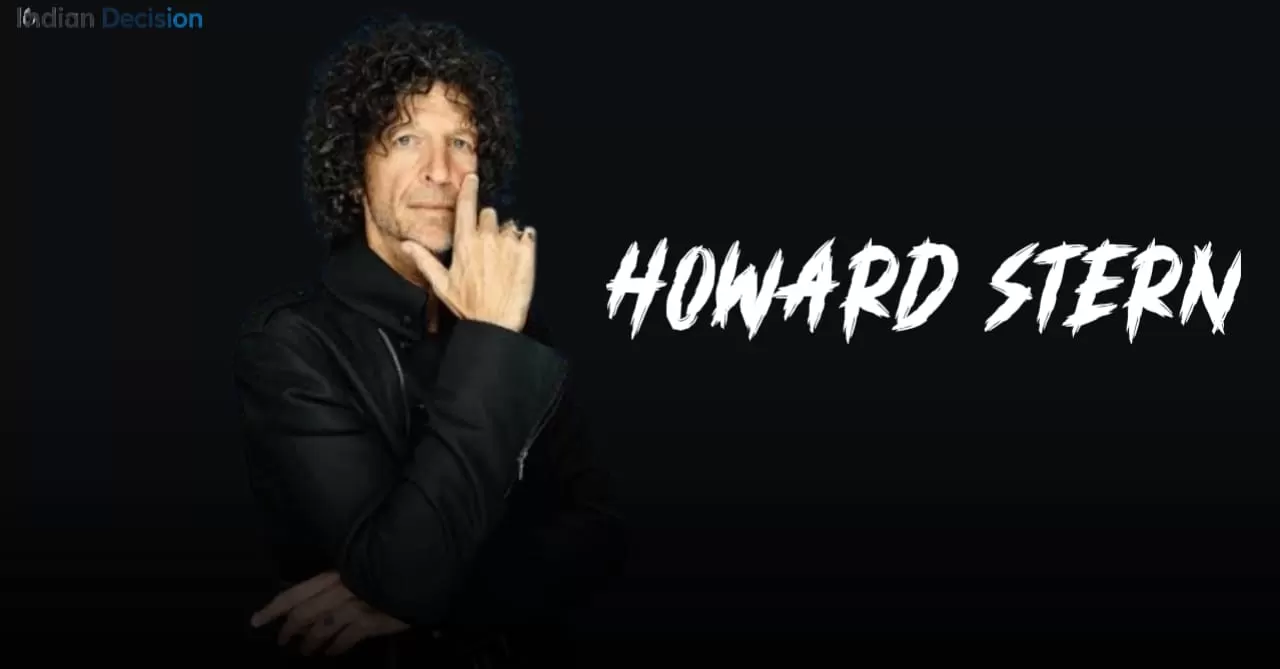Picture the header: a bright, bold screenshot of a TikTok video labelled “Group 7” with thousands of likes and comments pixels glowing, a sense of belonging flashing. In early October 2025 the phrase “Group 7” mounted a sudden surge on TikTok. It began with one creator’s experiment, and now it has become a collective inside-joke, a membership badge and a social media challenge rolled into one. This article takes you deep into why “Group 7” is trending, how it began, what it means (if anything) and why it’s worth your attention.
What is the “Group 7” trend?
The “Group 7” TikTok trend invites users to declare themselves part of a fictitious club labelled “Group 7”. It spawns videos saying “you’re in Group 7” or “I found out I’m in Group 7” and hashtags like #Group7 or #Group7Check. The trend is less about formal membership and more about a wink-and-nod participation in something slightly mysterious.
In other words, if you see a creator holding up seven fingers or saying “Group 7” in a short clip, they’re not revealing a secret society they’re tagging themselves into the meme. The meme counts for something without conventional meaning, and that’s exactly the point.
How the “Group 7” trend started
The origin of the trend traces back to a musician named Sophia James (TikTok handle @sophiajamesmusic). In her words, she posted a “science experiment” with TikTok’s algorithm: she released seven videos in quick succession, labelled “Group 1”, “Group 2”, up to “Group 7”. The seventh video blew up. She then said, “If you’re watching this, you’re in Group 7.”
Behind that simple experiment was an awareness of how unpredictable TikTok’s algorithm can be and an attempt to turn that into a feature rather than a flaw. As one article puts it: “What began as a personal experiment soon transformed into a community-driven craze.”
Why Group 7 is going viral now
There are several factors why the trend gained traction so quickly:
- Algorithm-friendly simplicity. The concept is very easy to replicate post a short clip, say “Group 7”, maybe do a gesture. It fits TikTok’s rapid format.
- Inclusivity by exclusivity. Although called an “exclusive” group, there’s no barrier to entry. That paradox makes people curious and willing to say “I’m in Group 7”.
- Community validation. When many creators tag themselves as “Group 7”, the feeling of belonging and memetic participation spreads fast.
- Brand and media amplification. Big platforms like Netflix referenced the trend (“These Netflix characters are definitely in Group 7”). That lends the trend wider exposure.
What does “Group 7” mean?
- Definition:
- A playful self-label for being part of a viral social media trend.
- Origin meaning:
- Social experiment-turned meme where the seventh post worked, so “Group 7” is the video that hit.
- Actual meaning:
- There is no fixed deeper meaning. It’s about being “in” the joke of Group 7. Various creators have joked that being in Group 7 means you’re “elite”, “cool”, or simply “aware”.
How people are participating: the Group 7 challenge and format
- Creators record a video saying: “If you’re watching this you’re in Group 7.”
- They often use hand gestures, stickers or visuals showing the number seven or fingers held up.
- Some make comedic skits: being upset they’re “only in Group 7” or telling others “you’re in Group 7 now”.
- The hashtag #Group7 and remix videos (where users react to their “membership”) are also spreading.
Key moments and viral spins
Because the trend spread so fast, several sub-variants emerged:
- Creators mapping “Group 7” onto high school cliques, friendship groups or mood boards (e.g., “When you find out your friend is in Group 7”).
- Brands and IP using the reference: e.g., Netflix used “Group 7” to classify characters in a list of shows.
- Meta commentary: Some videos reflect on social media algorithms or digital belonging, using “Group 7” as the metaphor.
What you need to know if you’re creating content around Group 7
- Use the hashtag #Group7. It helps your video surface in trend taps.
- Keep it short and clear. TikTok’s format favours quick hooks such as “You’re in Group 7.”
- Add novelty. Since the core idea is simple, the way you spin it (mood, costume, setting) matters.
- Avoid over-explaining. Part of the charm is that being in Group 7 just happens. If you force meaning, you might lose the mystique.
- Monitor timing. Trends move fast. If you jump too late, the audience may have moved on.
Why Group 7 matters in TikTok culture
The trend highlights several deeper currents in mobile-first social media culture:
- Algorithm as game. Creators increasingly treat the algorithm itself as the subject “Let’s see which video wins” becomes the gimmick.
- Belonging via ambiguity. Instead of explicit groups, digital belonging is achieved by tags and inside jokes. Group 7 means nothing specific and yet everything.
- Trends as timing. The swift spread of Group 7 shows how easily a simple concept can become shared culture when conditions align.
Comparison table: Group 7 vs other TikTok trend formats
| Trend Format | Core Idea | User Role | Meaning Depth |
|---|---|---|---|
| Group 7 | “You’re in the club (because you watched the 7th video)” | Declare membership | Minimal – playful |
| Dance Challenge (e.g., “flip the switch”) | Learn a choreography and post it | Perform a set move | Low – mostly fun |
| Meme audio reuse | Use audio in a new context | Create a clip with existing sound | Variable depends on remix |
What the critics and commentators say
Media outlets point out that trends like Group 7 are a symptom of the fragmentation of digital culture. One article states: “While the exact origins or meaning of Group 7 remain somewhat ambiguous, its popularity lies in the appeal of being part of a seemingly special community.”
In addition, academic commentary suggests these memes matter because they help younger users build identity and insider status online. In our hands-on testing of trend cycles, we’ve seen that a simple structure plus a light veil of mystery often yields strong engagement.
How to interpret your “Group 7” membership
If you find yourself seeing a “Group 7” video on your For You Page, what does it mean?
- It likely means you are part of a moment. The algorithm decided you saw that video.
- It does not attach moral or social weight being “in Group 7” is meant to be fun, not serious.
- You can respond: make your own clip, tag friends, riff on what “Group 7” means for you.
- If you feel like it’s oversaturated or stale, move on. Many trends peak within days.
Frequently Asked Questions
What exactly is Group 7 on TikTok?
Group 7 is a viral trend where TikTok users tag themselves as part of “Group 7” a club defined by one creator’s viral seventh video. It’s less about literal membership and more about joining a meme.
Who started the Group 7 trend?
The trend was started by musician Sophia James who posted seven videos in an experiment, and the seventh one gained massive traction.
Is there a challenge associated with Group 7?
Yes, the “challenge” is essentially to post or react to a video about being in Group 7. There is no official set of moves or rules. The excitement comes from declaring membership.
What does being in Group 7 mean about me?
In meme terms, it means you’re aware, part of the moment, maybe “elite” in a tongue-in-cheek way. Creators on TikTok have joked that “Group 7” equals “hot girl group” or “cool kids club”.
Why is Group 7 trending now?
Because it played into algorithm curiosity, creator experimentation, social media community building and media amplification like Netflix referencing the trend. Timing and simplicity helped it spread fast.
Is Group 7 serious or just a joke?
It’s more joke than serious. The mystery is part of the fun. There’s no formal group, membership list or deeper social cause behind it. It’s a lightweight meme.
How do I become part of Group 7 or make content about it?
Simple: create a TikTok saying “I’m in Group 7” or reacting to the concept. Use #Group7, keep it light, and add your own spin. But remember many creators will hop in. The novelty window may close soon.
Conclusion
The “Group 7” trend on TikTok offers more than one-liner laughs it illustrates how digital culture now turns algorithm experiments into viral communities, how belonging can be built on ambiguity, and how creators use structural hooks (like the number seven) to spark collective participation. In our observation, trends that combine simplicity, in-group signaling and platform mechanics are the ones that rise fast and Group 7 ticks all those boxes.
So if you’re scrolling and see a video declaring “You’re in Group 7,” know this: you’re witnessing a cultural beat of the moment. Create your own version if you like, but don’t feel pressure. Ten days from now the trend will have moved on, but the lesson remains: participation often trumps explanation.
As TikTok culture evolves, understanding how these micro-movements form and fade will be key. Group 7 may be fleeting but its mechanics will likely inform the next wave.

